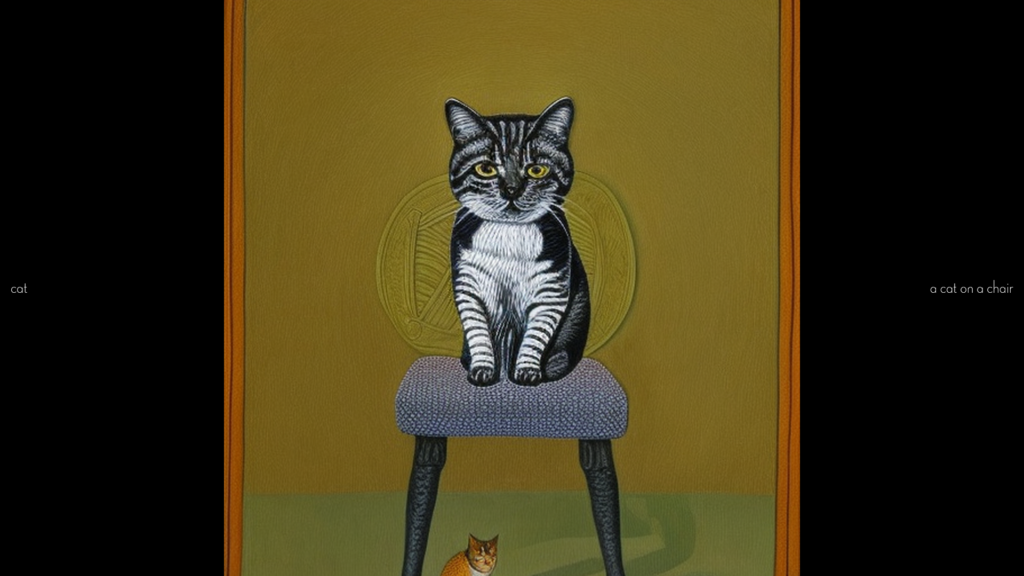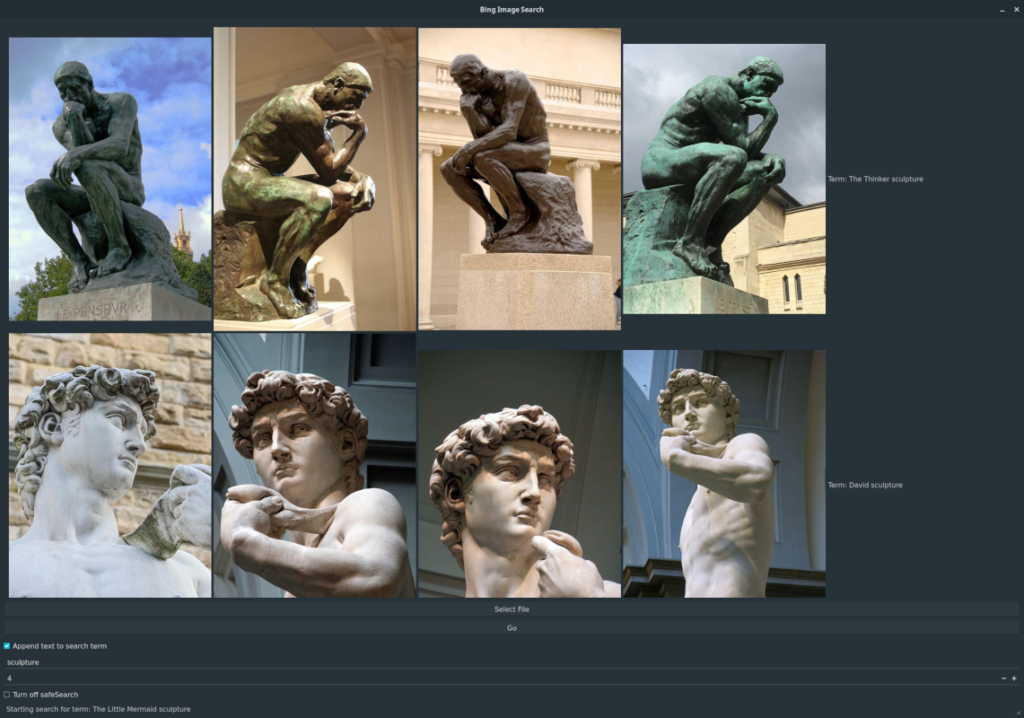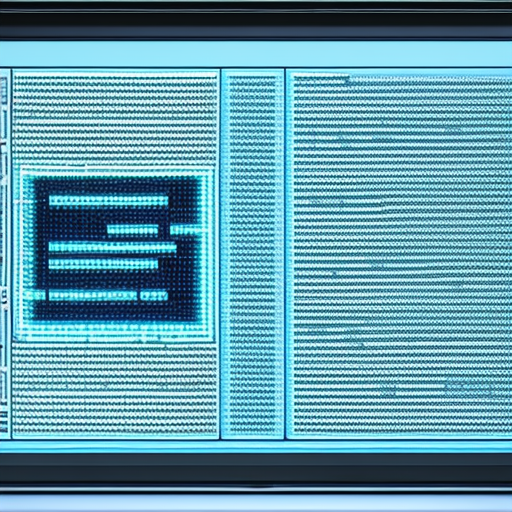[Written by ChatGPT. Main image: DreamStudio’s interpretation of “computer code on a screen” (SD 2.1)]
In today’s post, we’re going to pull back the curtain a little and show you some of the behind-the-scenes work that goes into researching and generating the AI-powered art and music you see on Neural Imaginarium. Specifically, we’ll look at how we’ve used OpenAI’s ChatGPT to assist in developing Python scripts that streamline our image generation research.
Using ChatGPT to Develop Scripts for Image Generation Research
Session 1: A PyQt5 Application for File Processing
Our first session with ChatGPT aimed at creating a PyQt5 application in Python that could read a file and display selected elements from each line. The utility of this script is apparent: being able to selectively parse and present data is fundamental in many areas of research, including ours.
Through a series of iterations, ChatGPT helped us refine the script to meet our exact needs. For instance, it assisted in correcting a bug where the window positioning function expected integer parameters but received floats. This kind of problem-solving is typical in coding projects, and having an AI that can help troubleshoot and debug in real-time is a significant advantage.

[The listSplitter script. Hey, sometimes you just need to parse a list.]
Session 2: A GUI Program for Combining Images and Overlays
In the second session, we developed a Python script to combine images and overlays from two separate directories. The base images are resized, centered, and then combined with their corresponding overlays. The processed images are saved in a user-specified directory.
ChatGPT was instrumental in the addition of new features like the option to combine the processed images into a single PDF file. This kind of iterative development, where a base functionality is expanded upon with additional features, is a core part of software development. The ability to rapidly prototype and refine these features with the help of an AI like ChatGPT accelerates this process.

[Example of merged images. The text is the “overlay” portion.]
Session 3: An Image Fetching GUI Using the Bing Image Search API
Our third session focused on developing a script that fetches and displays images based on a list of search terms. Using PyQt5 for the GUI and the Bing Image Search API for fetching images, we developed a script that provides a versatile tool for image research.
While developing this script, ChatGPT helped us handle potential error conditions such as failing to get a response from the Bing Image Search API. This proactive approach to error handling is critical in any software development project and is another area where having an AI assistant like ChatGPT proves beneficial.

[The bingImages script in action.]
The Utility of AI in Development
One of the most significant advantages of using ChatGPT in these projects is the ability to work on them at any time, without the need to coordinate schedules with a human collaborator. The AI is always ready to assist, whether it’s for a quick bug fix or a lengthy development session.
Furthermore, while a human collaborator may bring their own biases and preferences to a project, ChatGPT provides neutral, focused assistance. It’s driven by the goals and parameters we set, helping us stay on track and work efficiently.
However, it’s worth noting that as of now, AI cannot fully replace the creativity, intuition, and deep understanding that a human brings to a project. While ChatGPT is a powerful tool, it’s most effective when used in collaboration with human insight and judgement.
Conclusion
As we continue our work at Neural Imaginarium, AI isn’t just the subject of our research—it’s also an invaluable tool that aids us in our work. It’s an exciting time in the world of AI, and we’re thrilled to be a part of it.
Categories: Text

Leave a Reply